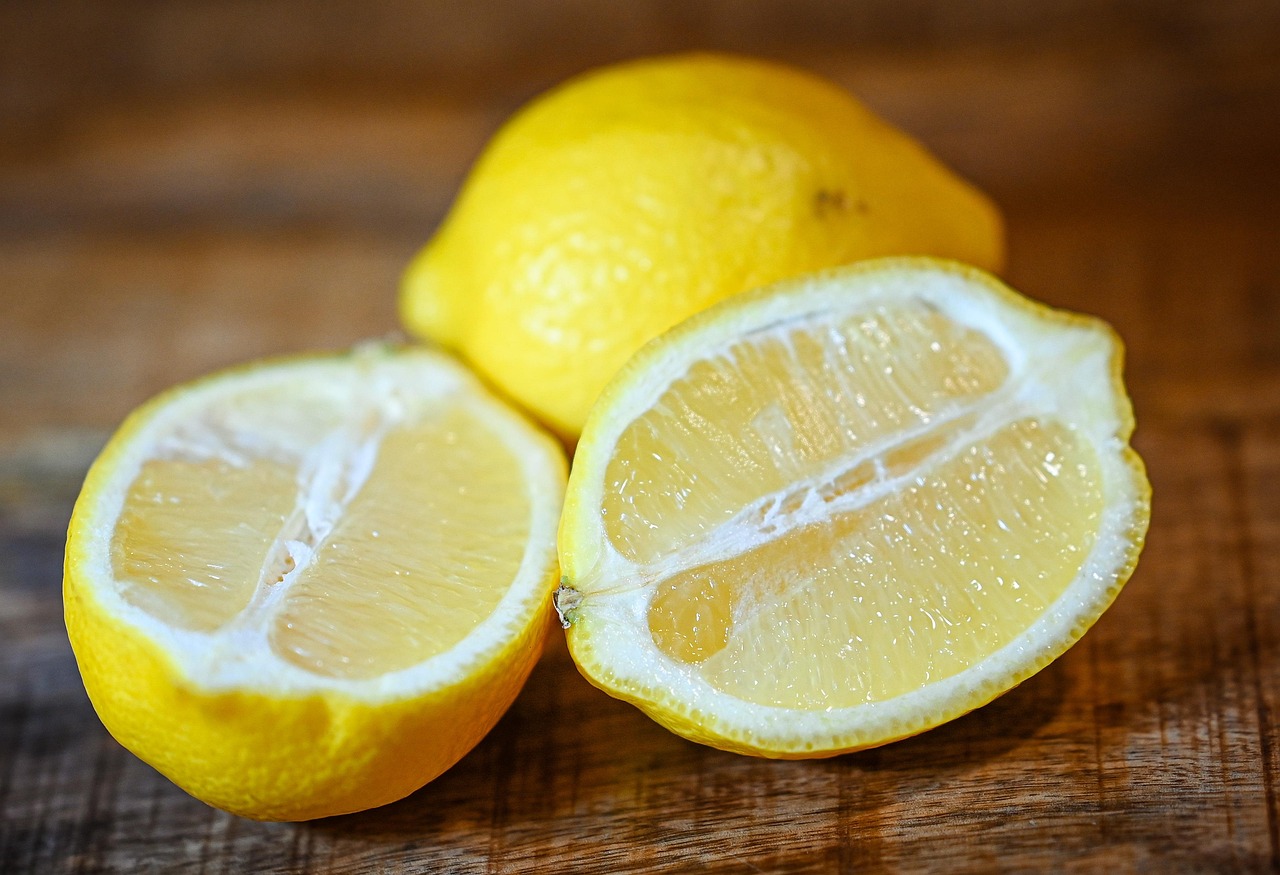The modern Lemon (Citrus limon) likely originated as a hybrid between citron and bitter orange in the Himalayan foothills of India. Lemons spread to the Middle East via ancient trade routes from Eastern Asia around the 1st century BC. Evidence also suggests that lemon cultivation existed in the region under the Roman Empire, though the fruit did not become widespread until the Abbasid Caliphate in the 8th and 9th centuries AD. During this time, lemons began to appear in a variety of classic recipes, including the first recipe for lemonade[2]. Lemons were spread further north through trade routes and the Crusades[1]. The word “lemon” itself also originated in the Middle East, with roots in Persian and Arabic[3].
Lemon trees grow best in tropical and subtropical climates, making them perfect for production in areas like Turkey, Iran, and other areas in the Middle East[4]. They grow to be over 20 feet tall and 15 feet wide, they require full sun, well-drained and fertile soil, slightly acidic soil, and warm to mild temperatures year-round[5].

Cultural Relevance of Lemon
Lemons first arrived in the Middle East via trade routes in the 1st century BC, however the Middle East had already been exposed to citrus fruits long before the introduction of the Lemon[2]. The citron, one of the lemon’s closest relatives, was commonly used in Jewish religious rituals[2]. Archaeologists have discovered that lemon cultivation occurred in the Middle East under the Roman Empire, where they were likely used for both medicinal and culinary purposes. Lemons became much more widespread by the Abbasid Caliphate during the 8th and 9th Centuries AD where they began to appear in recipes and medical texts.
Lemon trees were important pieces in many early islamic gardens for both the fragrance and beauty of its flowers and foliage, but the first written record of widespread cultivation appears in an Arabic agricultural writing from the 10th century[7]. In 12th-century Egypt, an entire book was written to highlight the health benefits of Lemon and its importance in everyday life[2]. During this time, every part of the lemon tree was used, from the leaves and wood to the flowers, fruits, and skin. Twigs were used as toothbrushes, while the more aromatic essential oils were used in soaps and perfumes[6].
Lemons also had cultural significance across the Middle East, often symbolizing prosperity and abundance, and offering protection against evil spirits in Ancient Egypt. They were also used in various religious rituals to ward off negative energy[8]. There is even an Ancient Egyptian wall painting in the Tomb of Nakhon that depicts a woman holding a lemon[3].
Lemons have been used in the Middle East for their medicinal properties since ancient times. In ancient Egypt, they were used to boost immunity, treat colds and sore throats, alleviate skin problems, and much more[8]. In fact, an entire 12th century Egyptian book was dedicated to the health benefits of lemon[2].
Today, we know that lemons are high in vitamin C and contain flavonoids with anti-inflammatory properties. They may also reduce the risk of chronic diseases like heart disease and cancer, aid digestion, and relieve symptoms of indigestion and bloating. The citric acid in lemons can also help to dissolve kidney stones and improve the absorption of minerals[1].
Lemons have been important to Middle Eastern cuisine for thousands of years, valued for their acidity, fragrance, and versatility. All parts of the plant can be used for cooking, although the fruit, juice, and zest are used most often[6]. With recipes dating back to the Abbasid Caliphate, lemons in the Middle East have typically been pickled, preserved, fermented, sweetened for syrups, candies, and drinks, or used fresh. Due to their versatility, they can be incorporated into a variety of recipes from sweet drinks and deserts to savory dishes with meat[6][2]. In the past, Lemon juice was frequently added to meat dishes to create lighter, easier to digest stews, and the zest was used most frequently in salads and dips, where it is still used today[2][4].



